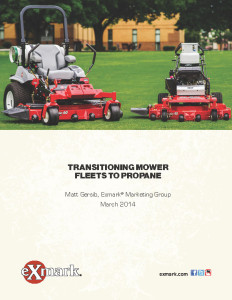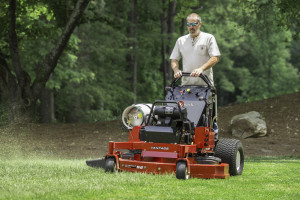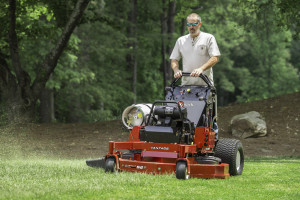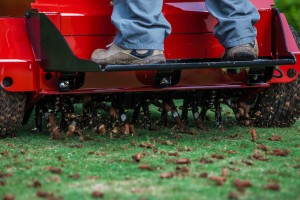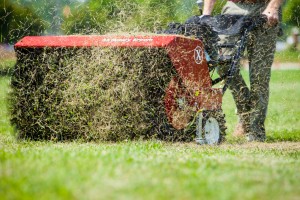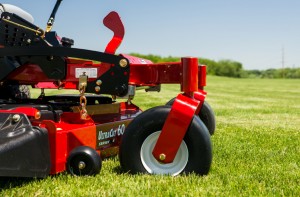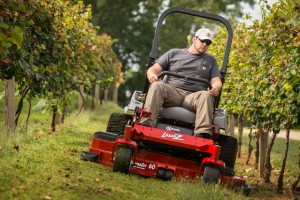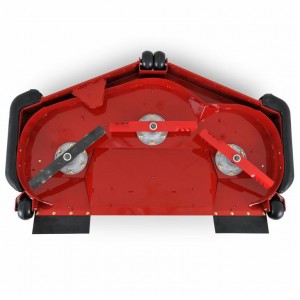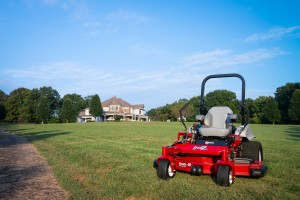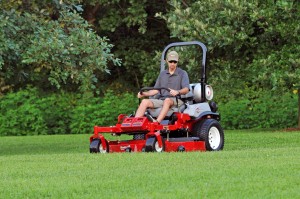Every day, an increasing number of landscape maintenance professionals are opening their eyes to the potential of propane-fueled commercial mowers. Here are a few compelling reasons why that shift is occurring, from our white paper, Transitioning Mower Fleets to Propane:
- 2013 market research conducted by Lawn & Landscape magazine revealed that 63 percent of homeowners responsible for decisions related to some or all landscape contract services are influenced by a sense of environmental responsibility.
- Propane-fueled commercial mowers and equipment produce significantly fewer greenhouse gasses (GHG) than those fueled by gasoline.
- PERC, Kohler and Exmark partnered on development of the industry’s first EFI-propane engine for commercial mower applications. The engine is the industry’s first OEM-level EFI-propane engine, offering full commercial warranty and support. The EFI design increases fuel efficiency by up to 25 percent, and coupled with the lower cost of propane, reduces overall fuel costs by up to 40 percent compared to carbureted gasoline engines. Uptime is also improved since the EFI engine solves startability and performance issues frequently encountered with engines using aftermarket conversions.
- In 2013, Exmark introduced a Kohler EFI-propane powered version of its Lazer Z S-Series zero-turn riding mower as well as two Turf Tracer wide area walk behind models. In 2015 it introduced an EFI-propane Vantage S-Series stand-on riding mower.
- Propane is widely available nationwide and is used in an estimated 12.6 million U.S. households for heating, cooking and recreation. It is a fossil fuel derived from the refining of oil and natural gas. It is a very safe fuel for commercial mowers, with an ignition temperature that’s nearly double that of gasoline (900 deg. F vs. 495 deg. F). Plus, robust, sealed containers virtually eliminate the opportunity for fuel spillage.
- The selection of a propane retailer and the negotiation of a seasonal contract are two important aspects of a switch to propane for landscape maintenance professionals to consider.
- Incentives from PERC, as well as a number of state marketing associations can mitigate some or all of the increased up-front cost of propane mowers. Combined with the EFI-related fuel savings and the lower cost of propane,
- Exmark mowers powered by Kohler propane-EFI engines can save up-to $2/hour, or more depending on duty cycle and other factors. This allows pay back of the added investment in just one to two seasons.
Download the complete Transitioning Mower Fleets to Propane white paper in Adobe PDF format.
Learn more about Exmark’s complete line of EFI-propane commercial mowers at Exmark.com.

